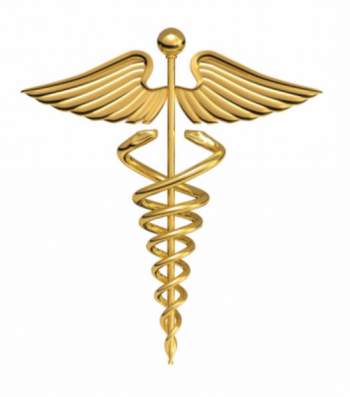
Elements to Prove Medical Malpractice

Popular In Personal Injury
Damages Compensation Personal Injury Settlement Calculator Proximate Cause Personal Injury Lawsuit Injury Examples Of Personal Injury Cases Personal Injury Settlement Personal Injury Lawyer How To File A Personal Injury Accident Claim Personal Injury Protection Pip Personal Injury Law Firm
Medical malpractice refers to an act of negligence by a medical professional, such as a doctor, nurse, or other medical practitioner. This act of negligence will result in the injury or death of a patient, and is actionable under personal injury law. Medical practitioners are held to a professional standard under personal injury law.
This means that a health care provider in every situation must act as a reasonable professional would act in a similar circumstance. If this is violated, the injured patient will have a legitimate personal injury claim. In medical malpractice claims, the plaintiff will bring suit against the medical professional. However, in a case where the patient has died, a third party, such as a family member, will act on behalf of the patient in a wrongful death suit. In order to obtain damages in a medical malpractice suit, there are certain elements that must be proven by the plaintiff:
Legal duty. There must be a legal duty that exists between the medical professional and the patient. As long as the patient is under the care of the professional, then this duty is assumed.
Violation or breach. The medical professional must have acted negligently or intentionally in order to breach this duty. This means that the doctor has fallen below the standard of care, which will often be determined by an expert medical witness.
Proximate cause. The injuries sustained by the patient were a direct cause of the professional's breach of duty.
Actual damages. The patient must have sustained some injury or damage to his or her well being in order to make a personal injury claim. This can include physical injury, or it may be related to disturbance of emotional well being. Excess stress or mental pain and suffering are also actionable under personal injury law.
A plaintiff should hire a personal injury attorney to build his or her case for medical malpractice. A process of discovery will take place before the actual trial begins. During discovery there will be a sharing of information between both sides of the law suit.
This will include an interrogation of both clients, a list of witnesses that will be called, and any medical documentation that will be used as evidence. It is during the discovery period that possible settlements will be discussed. Every medical professional is required to have malpractice insurance. This will give the practitioner the option to settle. However, the plaintiff may decide that this is not enough money, and the case will proceed to trial.
During the medical malpractice trial, the plaintiff will be the party that has the burden of proof. The four factors listed above will need to be proven by the plaintiff in order to collect damages. During trial, both sides will present expert testimony that will determine whether or not the defendant had exercised a reasonable amount of professional care.
In other words, it will be determined whether or not the doctor has breached his or her legal duty to the patient. Is the plaintiff is successful in proving damages, then he or she will receive compensatory and punitive relief. A plaintiff may receive monetary damages, such as reimbursement for medical expenses, loss of wages and future wages, and/or future medical expenses.
A plaintiff may also receive compensation for pain and suffering, emotional distress, and/or compensation specific to the injury itself. For example, if the plaintiff is permanently injured, such as the loss of a limb, this will affect the person for the rest of his or her life. This will create ongoing emotional stress in which a person can be compensated for monetarily. If you need legal advice and assistance, contact injury lawyers.



















